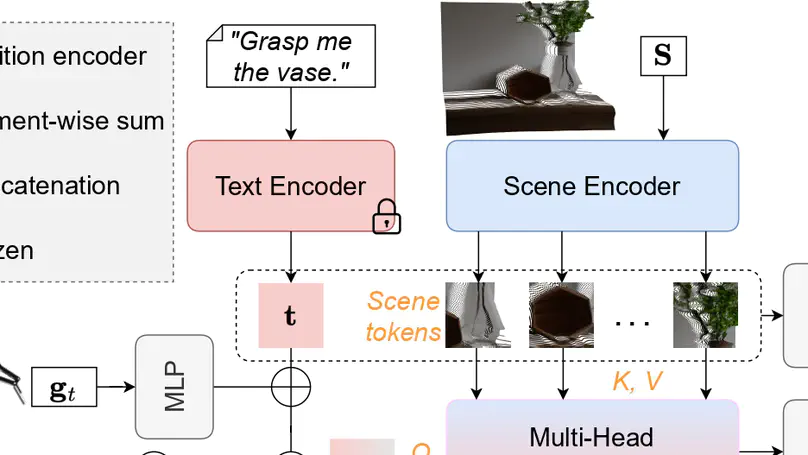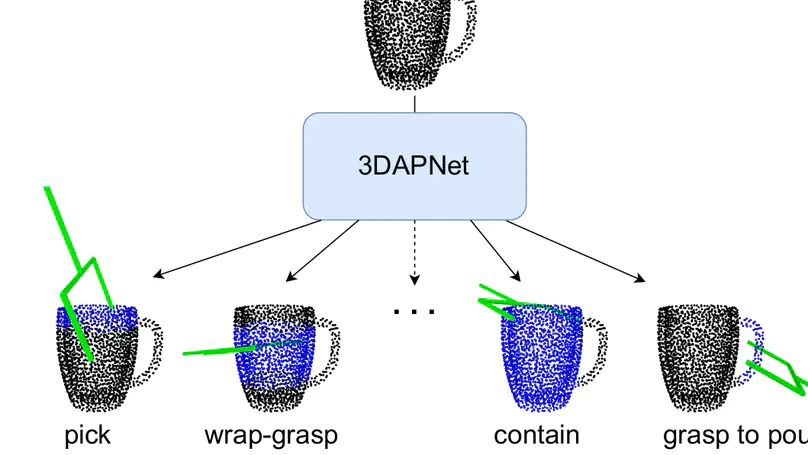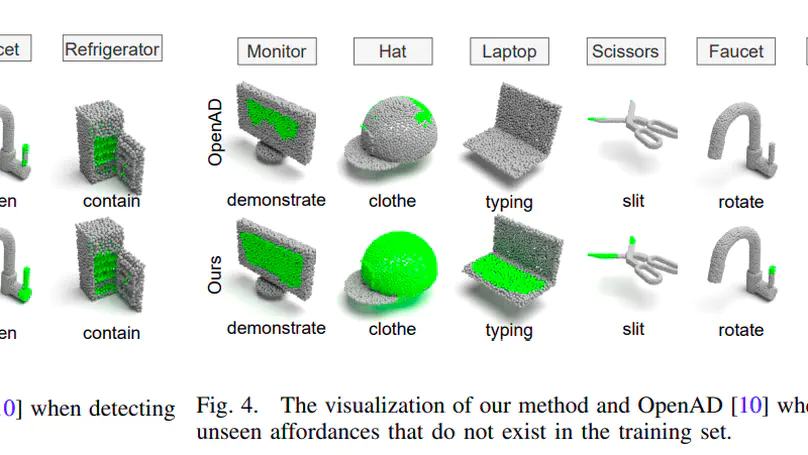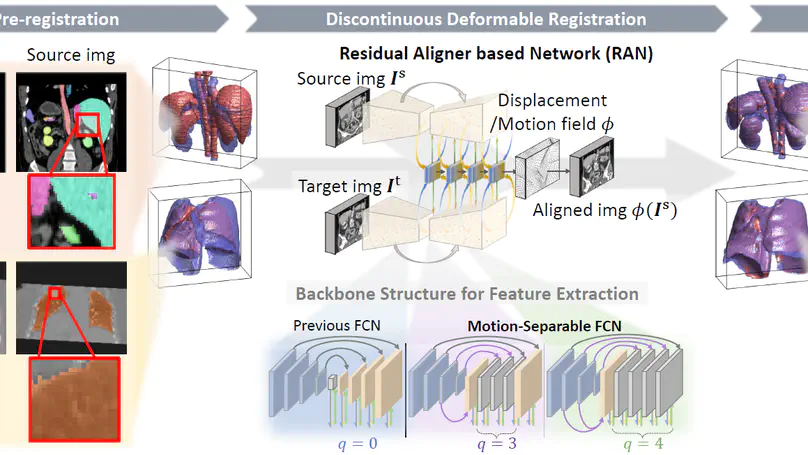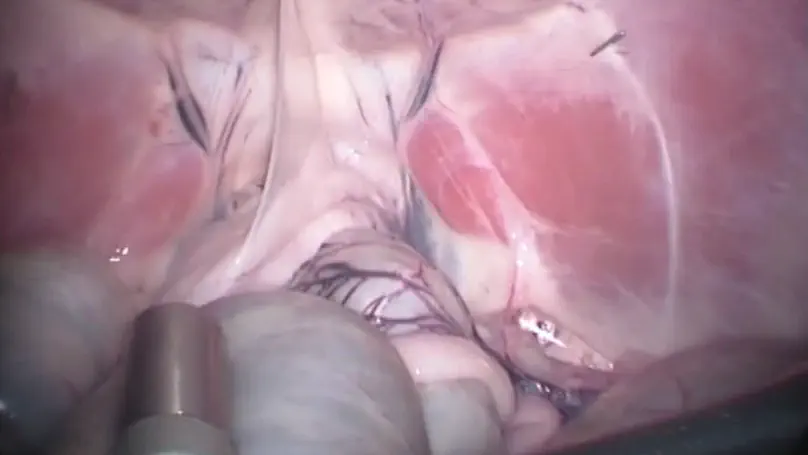Biography
I am currently an Assistant Professor in the Department of Computer Science at the University of Liverpool. Prior to this, I worked as a Research Fellow in the Department of Computer Science at University College London, funded by the EU Horizon 2020. I completed my PhD at the Hamlyn Centre, Imperial College London. I also had the privilege of working as a Research Scientist at Reality Labs, Meta (Facebook) before.
I earned my BEng degree in Mechanical Engineering from the University of Birmingham, UK, in 2018, followed by an MRes degree in Medical Robotics and Image-Guided Intervention from Imperial College London, UK, in 2019.
- Computer vision - 3DV, Scene understanding
- Robotics - Robot manipulation, Robot vision, Medical Robotics
- Surgical vision - Foundation model, Image-Guided Intervention
PhD in AI, Computer Vision & Medical Robotics, 2023
Imperial College London
MRes in Medical Robotics and Image-guided Intervention (with Distinction), 2019
Imperial College London
BEng in Mechanical Engineering (with Honours Class I), 2018
University of Birmingham
- 2025.09: 🎉 One paper got accepted by SIGGRAPH Asia 2025
- 2025.08: 🎉 One paper got accepted by IEEE RA-L
- 2025.07: 🎉 One paper got accepted by ICCV 2025
- 2025.06: 🎉 One paper got accepted by MICCAI 2025
- 2025.06: 🎉 Two papers got accepted by IROS 2025
- 2025.05: 🎉 Two Workshop proposal got accepted by IROS 2025
- 2025.03: 🎉 One Workshop proposal got accepted by MICCAI 2025
- 2025.01: 🎉 Four papers got accepted by ICRA 2025
- 2024.07: 🎉 One paper got accepted by ECCV 2024 (Oral)
- 2024.06: 🎉 Three papers got accepted by IROS 2024
- 2024.02: 🎉 One paper got accepted by CVPR 2024
- 2024.01: 🎉 Three papers got accepted by ICRA 2024
- 2023.09: 🎉 One paper got accepted by NeuIPS 2023
- 2023.06: 🎉 One paper got accepted by MICCAI 2023 (Oral)







